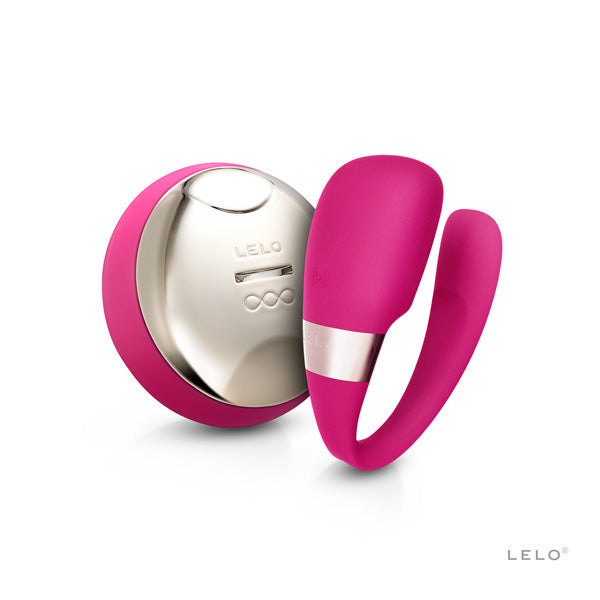Sex Toys
A brief history or sex toys
Dildos were the first sex toys
The word dildo is thought to first have been used in about the 16th Century and the etymologists are divided as to whether the root is from the Latin word “dilatare” which means “open wide” or the Italian word for delight – “diletto”. Either one seems appropriate so the reader may choose whichever historical version s/he prefers but what is certain is the dildo was definitely the first of many sex toys.
What is the earliest dildo ever discovered?
A man made object in the shape of or made to represent the penis is termed a phallus or phallic object. They are found in many ancient cultures and are often used in religious rites in order to either boost fertility, of both women and the land, to fight off evil spirits or to scare the crap out of enemies hopefully not in possession of larger penises or phallic symbols.
Many of these phalluses were obviously far to big be to be used as actual penis substitutes in the provision of sexual pleasure. However, recently a 28, 000 phallus (see below) was found in Germany which, due to it’s usable dimensions, is thought to be the oldest sex toy yet found. So until an earlier example is found we can thank Germany not just for such marvels of modern engineering such as the Porsche or BMW but also for the marvel of anciently engineered dildos.
This ancient dildo was 20 cm long and 3 cm wide and was found in the Hohle Fels Cave near Ulm the Swabian Alps near Baden-Württemberg. This prehistoric sex toy is made from 14 fragments of siltstone.
Other popular materials used in the construction of ancient phalluses and dildos are stone, wood, leather and even camel dung. Ever resourceful, the Egyptians and Greeks of ancient times were known to have had improper relations with unripe bananas.
What are other historical examples of Sexual Art and Objects?
When not being used to keep the womenfolk happy the phallic symbol and related ancient female sexual imagery was deeply interwoven into mythological and religious thinking and rituals. The female orgasm was seen as being an offering to the fertility gods and during ancient Roman times statues of the god Priapus, seen at right, were used to protect gardens and help crops to grow.
The name Priapus lives on in the medical term priapism which is the termed used to describe a persistent and painful erection that lasts for anything from several hours to, in some unfortunate cases, weeks.
Phallic symbols and objects used to ward off evil spirits are known as fascinum and examples have been found in the ruins of Pompeii. They were used in ancient Roman religion and magic in order to summon the divine protection of the Roman god Fascinus. Examples have even been found to be worn as rings by young boys – the size of the ring being far too small to be worn by an adult.
In Turkey, during the 6th century BC, ancient Anatolians used sculptures of sex organs to ward off evil and ill luck as they believed they contained special powers. In ancient Greece traders in the city of Miletus made what we would today call dildos which were intended to allow women to have sexual pleasure while there husbands were away. Similar sex aides were also used in Renaissance Italy between the 14th and 16th Centuries BC. They were typically made of leather and olive oils was used as lubrication. Amongst the wealthy sex toys made of silver, gold and ivory were also popular and often put on display alongside their other non-sexual sculptures and works of art.
The Modern Era: From Dildos to Vibrators
In took another 200 years or so for the French to make the leap from the dildo to the vibrator. The Tremoussoir was invented in France in 1734 and relied on a wind up mechanism. It apparently looked something like a sanding block.
In 1869 the American Physician George Taylor took advantage of the development following the industrial revolution and designed a steam powered version called, somewhat sisterly, The Manipulator.
Finally in 1880 Dr Joseph Granville invented an electromechanical vibrator. These devices were not supposed to be used by woman in the service of their own sexual pleasure but were intended to be used only by suitably trained medical professionals in order to cure women from the dreaded disease hysteria by mechanical stimulation of the clitoris.
Symptoms for hysteria included anxiety, sleeplessness, irritability and erotic fantasies.
The Future
For an in depth look at the current state of the art in sex aids for both him and her – including; Cock Rings, G-Spot Vibrators, Fleshlight Male Maturbators, Clitoral Vibrators, Kegel Balls and last but not least the Tiani 3 Wireless Couples Vibrator please see our catalog here!











